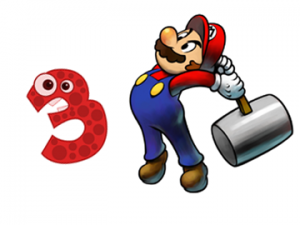When the digital world first became a workplace, trading platforms were adaptations of physical work environments evolved over many years for a niche group of highly skilled and specialized people. The burgeoning speed and power of the Internet, which originally made trading seem even more alien and forbidding to the layperson, is now opening that world up to non-professional traders. At the same time, trends in UI design are again turning to the kind of visual simplicity that was happily abandoned when the power and speed of devices allowed it to be.
Today, there is a revivalist fervor for paring down an interface. It’s known as flat design, and we’ll talk about it’s implications for action-critical interfaces in other blogs, but now is definitely a good time to look hard and think seriously about what works for users when it really matters. In fact now is the time to revisit, and perhaps change the whole experience of trading.
The Caplin Design ethos:
- Maximise speed and accuracy
- Minimize error and fatigue
- Create a pleasing and practical interaction for the end-user
- Present the client’s brand values in a positive way
…is deceptively simple. The last two parts are familiar territory for UI and visual design, but the first two are often portrayed as voodoo: A heady cocktail of psychology, physiology and technology. Actually, it’s the easiest part of our work to provide objective matrices for, and it’s the ‘heavy-lifting’ part of providing a good user experience. After all, we are not making toys, we are making tools.
We found there was very little appropriate quantitative or qualitative data available to help with this, so we set up a program designed to get it: We have created a test bed, which we call ‘Hit the Numbers’. It is a series of game-based challenges, which will allow us to objectively evaluate the effectiveness or otherwise of the ‘ingredients’ available to us when we create a trading platform; to inform the choices we make on behalf of end-users.
These ‘ingredients’ are typography, colour, contrast, movement, layout, scale and sound – there are others, but these are the key variable components of any UI. We intend to find out what works, what doesn’t, and most importantly, why, so when we design, we know that the needs of the users will be met, not just in terms of the richness of the experience, but by providing them with an ergonomically optimized tool that helps them work better.
We’ll learn other things too, like is there any real difference between institutional, corporate, and retail traders when it comes to their preferences and performance with different variations of the basic UI components. That information will make a huge difference to the development of the range of current and future Caplin solutions.
In our next post we will talk in more detail about ‘Hit the Numbers’ and our other research; how is it going to work and what we are going to achieve with it. Stay tuned to know more about what, why, how, when and where.


